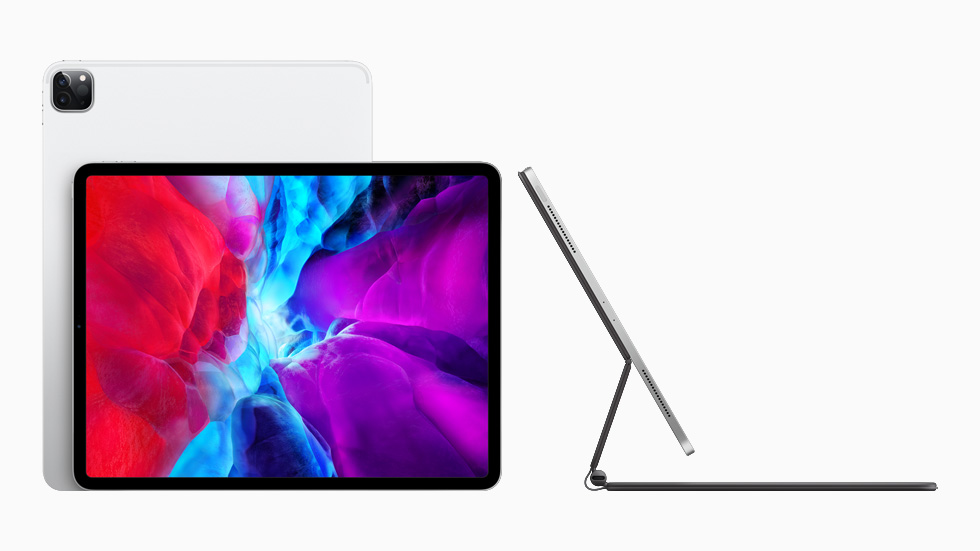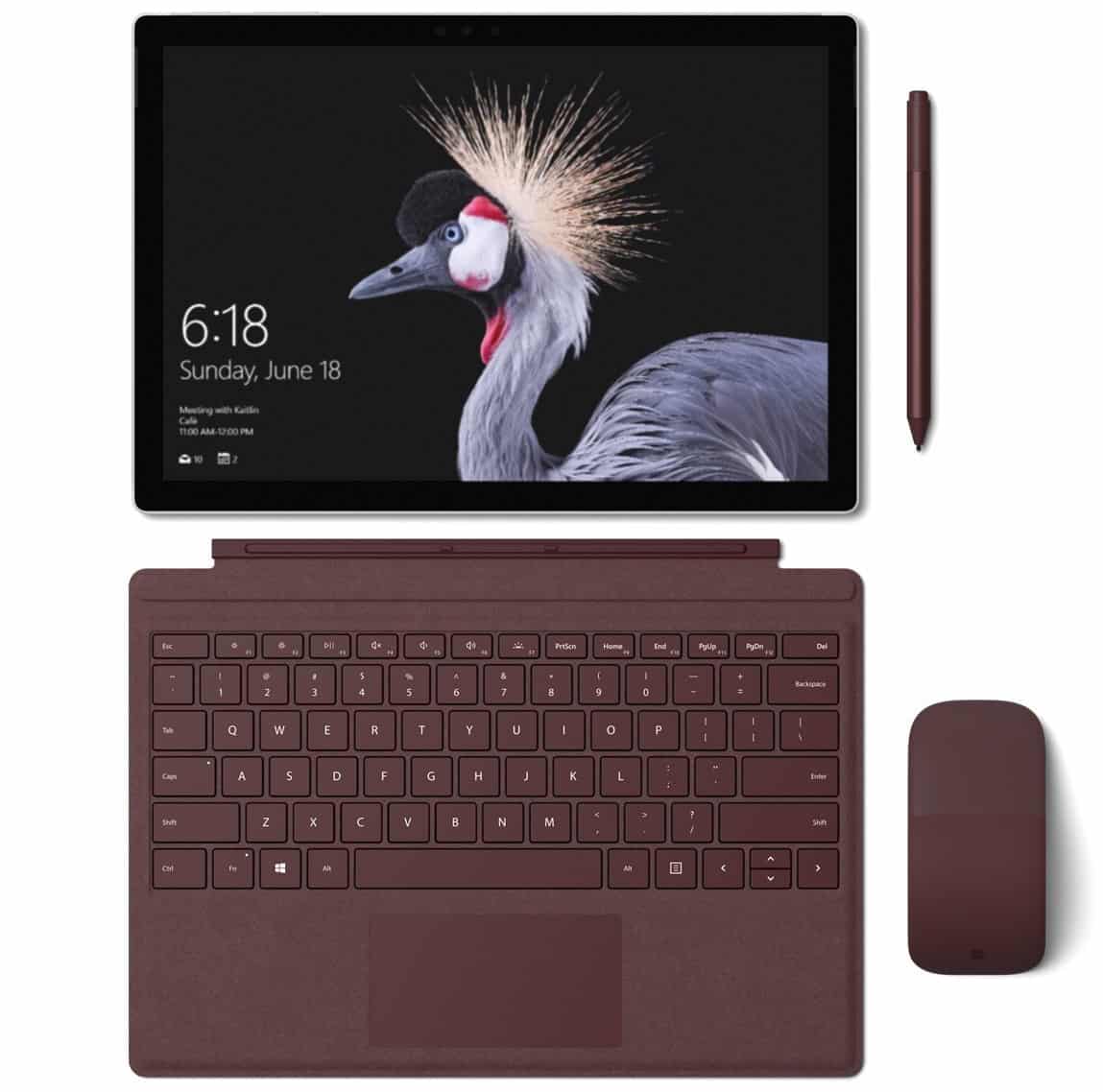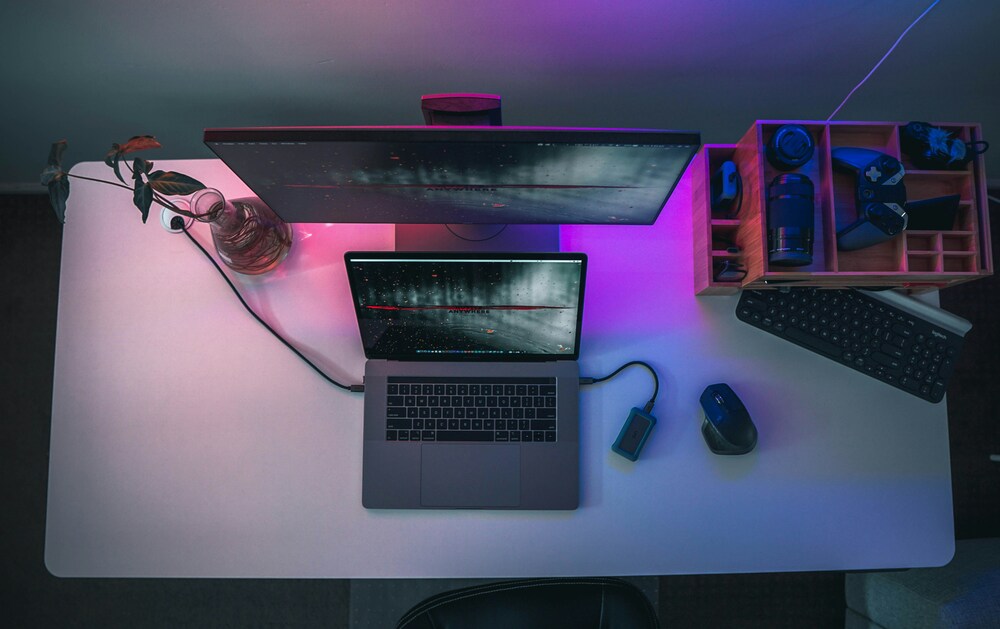- Home
- Articles
- Architectural Portfolio
- Architectral Presentation
- Inspirational Stories
- Architecture News
- Visualization
- BIM Industry
- Facade Design
- Parametric Design
- Career
- Landscape Architecture
- Construction
- Artificial Intelligence
- Sketching
- Design Softwares
- Diagrams
- Writing
- Architectural Tips
- Sustainability
- Courses
- Concept
- Technology
- History & Heritage
- Future of Architecture
- Guides & How-To
- Art & Culture
- Projects
- Interior Design
- Competitions
- Jobs
- Store
- Tools
- More
- Home
- Articles
- Architectural Portfolio
- Architectral Presentation
- Inspirational Stories
- Architecture News
- Visualization
- BIM Industry
- Facade Design
- Parametric Design
- Career
- Landscape Architecture
- Construction
- Artificial Intelligence
- Sketching
- Design Softwares
- Diagrams
- Writing
- Architectural Tips
- Sustainability
- Courses
- Concept
- Technology
- History & Heritage
- Future of Architecture
- Guides & How-To
- Art & Culture
- Projects
- Interior Design
- Competitions
- Jobs
- Store
- Tools
- More
Best Tablets for Architects
Tablets have become indispensable tools for architects, offering a seamless blend of mobility and functionality. In this guide, we explore the top tablets tailored to the architectural workflow—focusing on performance, display quality, stylus precision, and software compatibility—to help you choose the best device for your design needs.

When it comes to architecture, having the right tools can make or break our creative process. Tablets have become essential for architects, offering a perfect blend of portability, precision, and power. Whether we’re sketching concepts, reviewing blueprints, or presenting designs to clients, the right tablet ensures we can work efficiently and seamlessly.
But with so many options out there, finding the best tablet for our needs can feel overwhelming. We need a device that balances performance, display quality, and compatibility with design software. That’s why we’ve explored the top choices, narrowing it down to the best tablets that cater specifically to architects.
Table of Contents
ToggleHow to Choose the Best Tablet?
What should we pay attention when choosing a tablet? One of the most important things for architects is to have devices with enough capacity for their drawings. In addition, long battery life and quality of screen resolution are required for practicality. Also, drawing pen and screen features are essentials of the tablet that is suitable for digital illustrations.
Whether choosing the operating system of tablet that you use as the same as your phone and other devices, for example using iPad with iPhone, you will not have any problems with transferring files.
Microsoft Surface Pro
The Microsoft Surface Pro stands out as a versatile option for architects, combining high-performance hardware with a sleek, lightweight design. This 2-in-1 device functions as both a tablet and a laptop, offering flexibility for various architectural workflows.
The fifth generation of the Surface Pro has greatly improved in design and quality for the Surface Pro series.
The new design is similar to the old Surface Pros, with a few tweaks to make it similar.
The screen is a 3:2 aspect ratio on a 12.3 inch PixelSense touchscreen. It has a resolution of 2736×1824 which is one of the sharpest screens you can find on a tablet.
The storage can range from 128GB up to 1TB. It is easy to use with the intuitive touch screen, this tablet will be a very good and practical choice for Windows users.
Key Features for Architects
- High-Performance Hardware
Equipped with Intel Core i5 or i7 processors, up to 32GB of RAM, and an SSD storage capacity of up to 1TB, the Surface Pro handles complex architectural software like Revit, AutoCAD, and Rhino with ease. This makes multitasking and rendering highly efficient.
- Stunning Display
The 13-inch PixelSense touchscreen with a 2880 x 1920 resolution ensures crisp visuals, enabling you to work on detailed renders and blueprints. The 3:2 aspect ratio offers additional vertical space perfect for reviewing extensive designs.
- Surface Pen Compatibility
The Surface Pro supports the Surface Pen, which features 4,096 pressure levels and tilt functionality. It’s ideal for intricate sketching and annotations, providing precision and a natural pen-on-paper feel.
- Portability and Build
Weighing around 1.96 lbs without the Type Cover, the Surface Pro is portable yet durable. The magnesium alloy body ensures it withstands daily usage while remaining lightweight for travel between job sites.
- Battery Life and Connectivity
With a battery life of up to 15 hours, uninterrupted work sessions are possible on the go. USB-C and USB-A ports, a microSD card reader, and compatibility with external monitors expand connectivity for additional peripherals.

Samsung Galaxy Tab S6
S6 tablets are a suitable and extremely productive tablet for architects who want to use Android operation system. The tablet, which gives a desktop computer experience, is light and thin, which can be held in the hand for a long time. It has a 10.5 inch OLED HDR touchscreen. Available RAM options are 6GB and 8GB. There are memory options up to 256 GB, but you can increase the storage space externally with a microSD card. It works with the S Pen, which is convenient for drawing. Battery life is around 15 hours.
The 10.5-inch Super AMOLED display delivers crisp visuals, boasting a resolution of 2560 x 1600 pixels. This high-resolution panel ensures precise detailing, essential for reviewing blueprints and creating detailed sketches. The included S Pen enhances precision with 4,096 levels of pressure sensitivity, making it ideal for creative workflows and accurate annotations.
At 0.92 lbs and 0.22 inches thick, the Galaxy Tab S6’s lightweight, slim design is excellent for portability. With a battery life of up to 15 hours, it supports extended work sessions without frequent recharging. Integrated features like DeX mode enable a desktop-like experience, allowing architects to multitask efficiently by connecting to external monitors and using multiple applications simultaneously.

Google Pixel Slate
The tablet with high image quality developed by Google is suitable for architects that has successful design and fast operation system. Thanks to its fast processor, you can do multiple operations. Architects and designers can easily sketch with the included pen. The touch screen is 12.3 inches and LCD. Available in 4GB, 8GB and 16GB RAM options, the tablet includes 256GB SSD storage. Its battery lasts for 12 hours.
Its 12.3-inch Molecular Display features a resolution of 3000 x 2000 pixels, providing sharp visuals that are critical for reviewing detailed blueprints and 3D models. The Pixel Slate supports the Pixelbook Pen, which offers pressure sensitivity for precision sketching and annotations.
Weighing 1.6 lbs with a slim profile of 7mm, this tablet ensures portability while maintaining a sturdy build. A battery life of up to 12 hours ensures consistent performance during on-site visits or extended design sessions. The Chrome OS interface enhances productivity, with access to Android apps and cloud-based tools. Dual front-firing speakers and multiple USB-C ports bring added functionality for presentations and connected workflows, making the Google Pixel Slate a valuable tool for architectural tasks.

Apple Ipad Pro
It’s a pretty neat and well-developed tablet for Apple users. Used with Apple keyboard and pen, we can say that architects and designers can easily draw with this pen. The memory choices for this tablet are 128GB to 1TB. Ipad Pro has 6GB RAM that is integrated with an A12Z Bionic Chip with 64-bit desktop class design.
Choosing the right tablet ultimately depends on your specific needs and workflow. By evaluating the features that matter most, from display quality to software compatibility, we can find a device that enhances our productivity and creativity. The right tablet isn’t just a tool—it’s an investment in our craft.

Conclusion
Ultimately, the “best” tablet comes down to how well a device’s spec sheet dovetails with the realities of architectural practice. Whether you lean toward the Microsoft Surface Pro’s desktop-class muscle, the Samsung Galaxy Tab S6’s ultra-portable Android versatility, Google’s Pixel Slate for its Chrome-powered flexibility, or the iPad Pro’s seamless Apple ecosystem, each option delivers the three pillars architects rely on most: ample storage for hefty drawing files, a long-lived battery that keeps you sketching on-site all day, and a high-resolution, pen-ready display that translates ideas into precise digital lines. Keep those core needs—capacity, endurance, and screen-plus-stylus quality—at the center of your decision, and then let personal workflow factors such as preferred operating system, accessory ecosystem, and budget guide the final pick. Armed with the right tablet, you can carry an entire studio’s worth of tools under one arm and design anywhere inspiration strikes.
- architects' digital tools
- architectural design tablets
- architectural drawing tablets
- Best Devices for Architects
- Best Tablets for Architects
- best tablets for CAD
- best tablets for creative professionals
- Concepts App
- digital sketching tablets for architects
- drawing tablets for architects
- graphic tablets for architecture
- Hardware Suggestions
- iPad Pro for Architects
- Morpholio
- ProCreate
- professional tablets for architects
- tablet computers for architects
- tablets for architectural rendering
- tablets for architecture design
- tablets for architecture students
- tablets for design professionals
- tablets for interior designers
- top tablets for architecture work
3 Comments
Submit your architectural projects
Follow these steps for submission your project. Submission FormLatest Posts
How Virtual Architecture Is Redefining Design From Real Time Worlds to Built Impact
Discover how virtual architecture is redefining design from static sketches to immersive,...
Designing a Starter Smart Home Without Breaking the Bank
Smart homes don’t have to cost a fortune. Many homeowners think they...
Style Meets Security: Choosing Entry Solutions That Do Both
When it comes to homes and businesses, entryways are more than just...
Top 5 Desktop Rebuild Cost Assessment Solutions for Property Professionals
Do you ever lay awake at night, playing out scene after scene...












The article talks about tablets for architects. It mentions different models and their features. I think it’s good to know what to look for in a tablet.
I found this article very helpful. It explains how architects can use tablets instead of computers. The information about different tablets like Microsoft Surface Pro, Samsung Galaxy Tab S6, Google Pixel Slate, and Apple iPad Pro is clear. I learned that screen resolution and battery life are important when choosing a tablet for drawing.
I really liked this article! It’s great to see how tablets are changing the way architects work. The information about different models is super helpful. I think I might get the iPad Pro for my drawings!